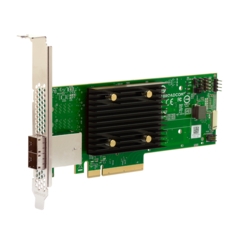listhor
Contributor
- Joined
- Mar 2, 2020
- Messages
- 133
Long story short: 2 years ago I wanted to build mainly media storage (and play with ZFS) and needed high capacity drives; but I was (I'm) limited by 1U factor and therefore had to use 2,5" drives. Initially wanted to use SSDs but price was way too high. As I had a chance to buy cheap and shitty ST5000LM00, I did it having a plan to replace them over a time (hoping for prices getting lower) by SSDs.
Since prices don't want to go south, I need to change my approach. In the meantime I changed the rack and I'm able now to add some more gear. So I've been thinking about putting in JBOD with 6x 6TB WD Red Plus and possibly 2x M.2 NVME.
Could you please advice on following:
- 2U JBOD model for 6x HDDs and ideally with 2x M.2 or PCI slot, equipped with sas interface
- compatible sas hba card to install in supermicro X11SCH-LN4F
- how noisy is WD Red Plus?
Since prices don't want to go south, I need to change my approach. In the meantime I changed the rack and I'm able now to add some more gear. So I've been thinking about putting in JBOD with 6x 6TB WD Red Plus and possibly 2x M.2 NVME.
Could you please advice on following:
- 2U JBOD model for 6x HDDs and ideally with 2x M.2 or PCI slot, equipped with sas interface
- compatible sas hba card to install in supermicro X11SCH-LN4F
- how noisy is WD Red Plus?


